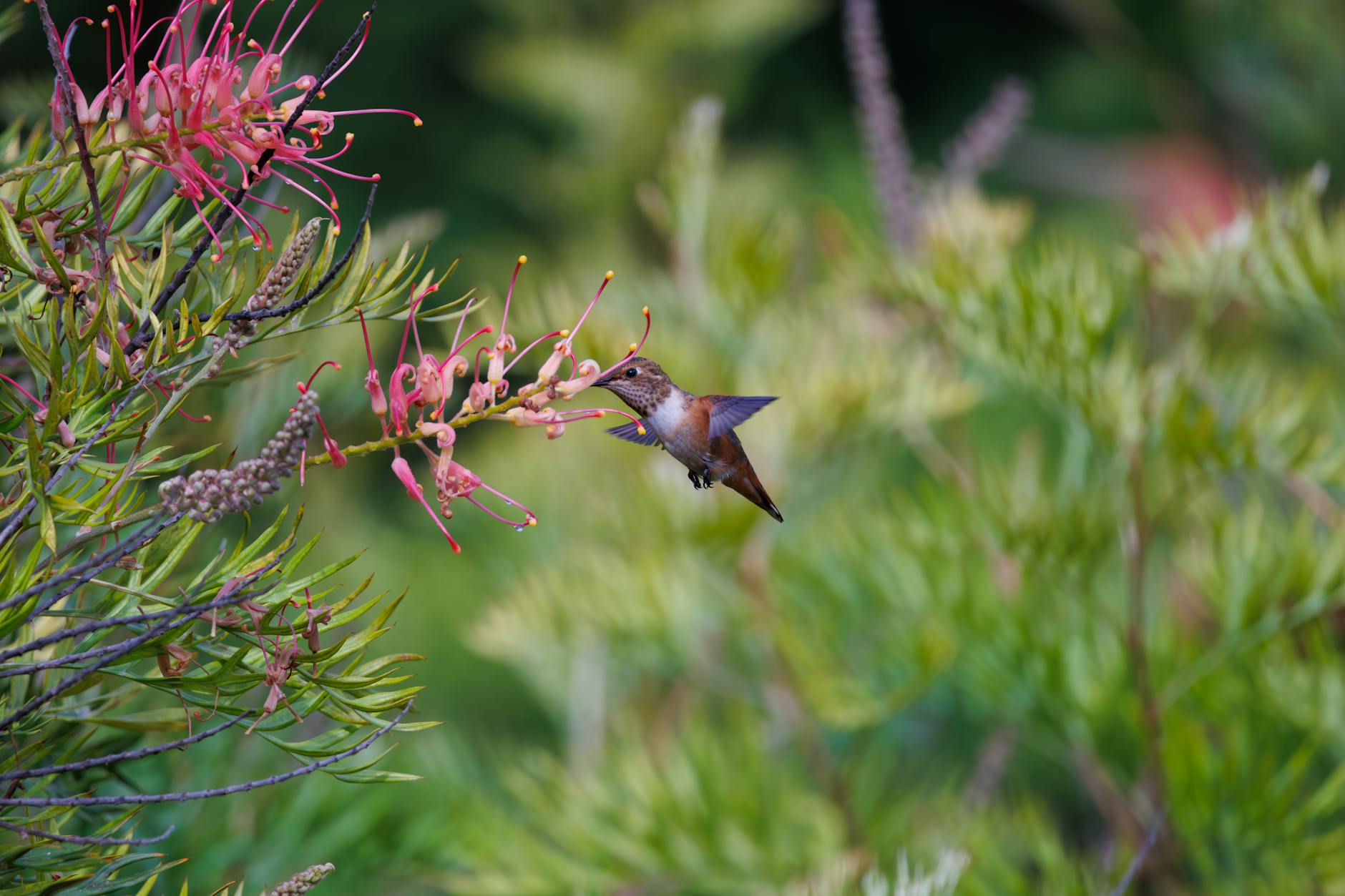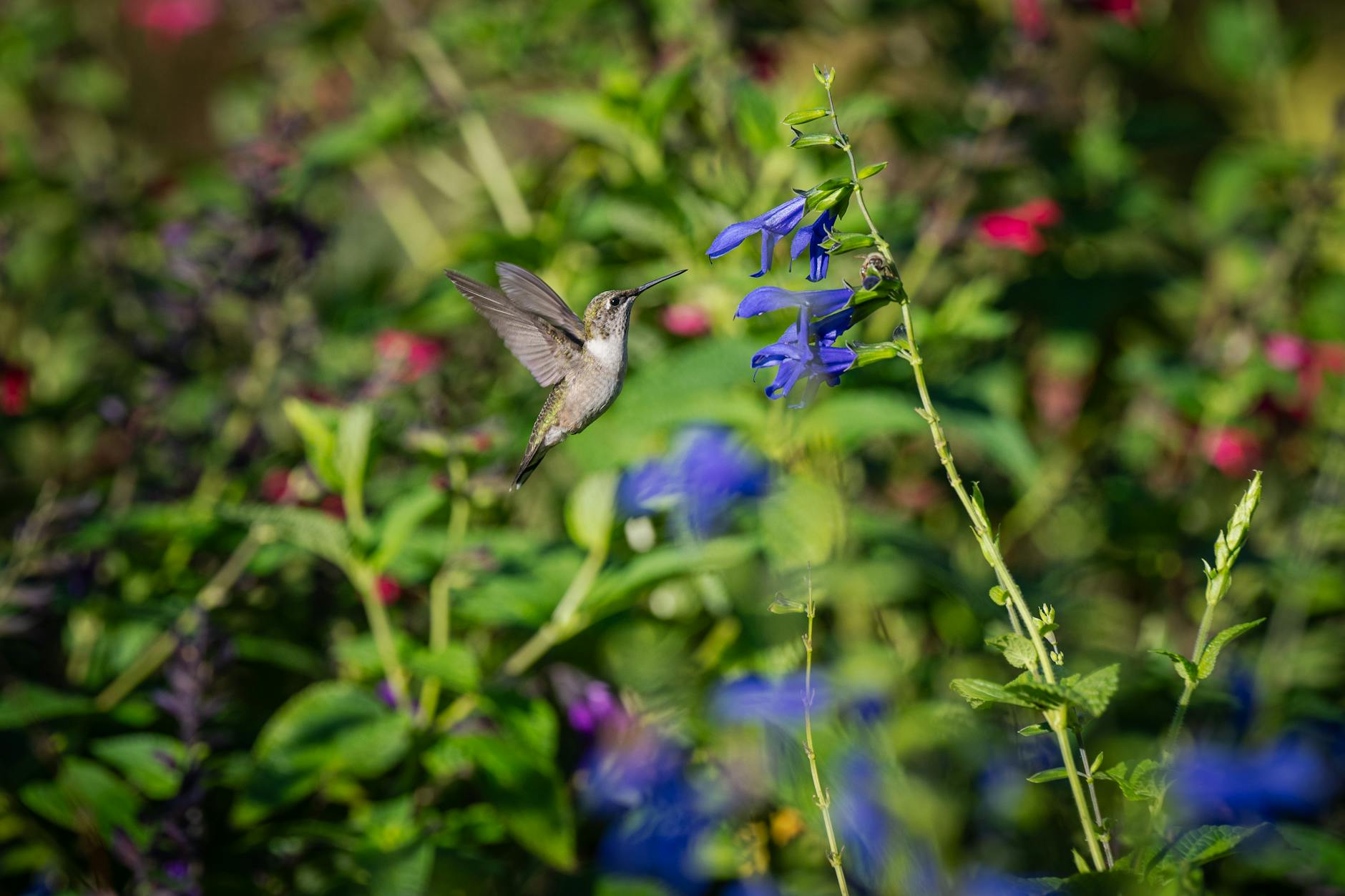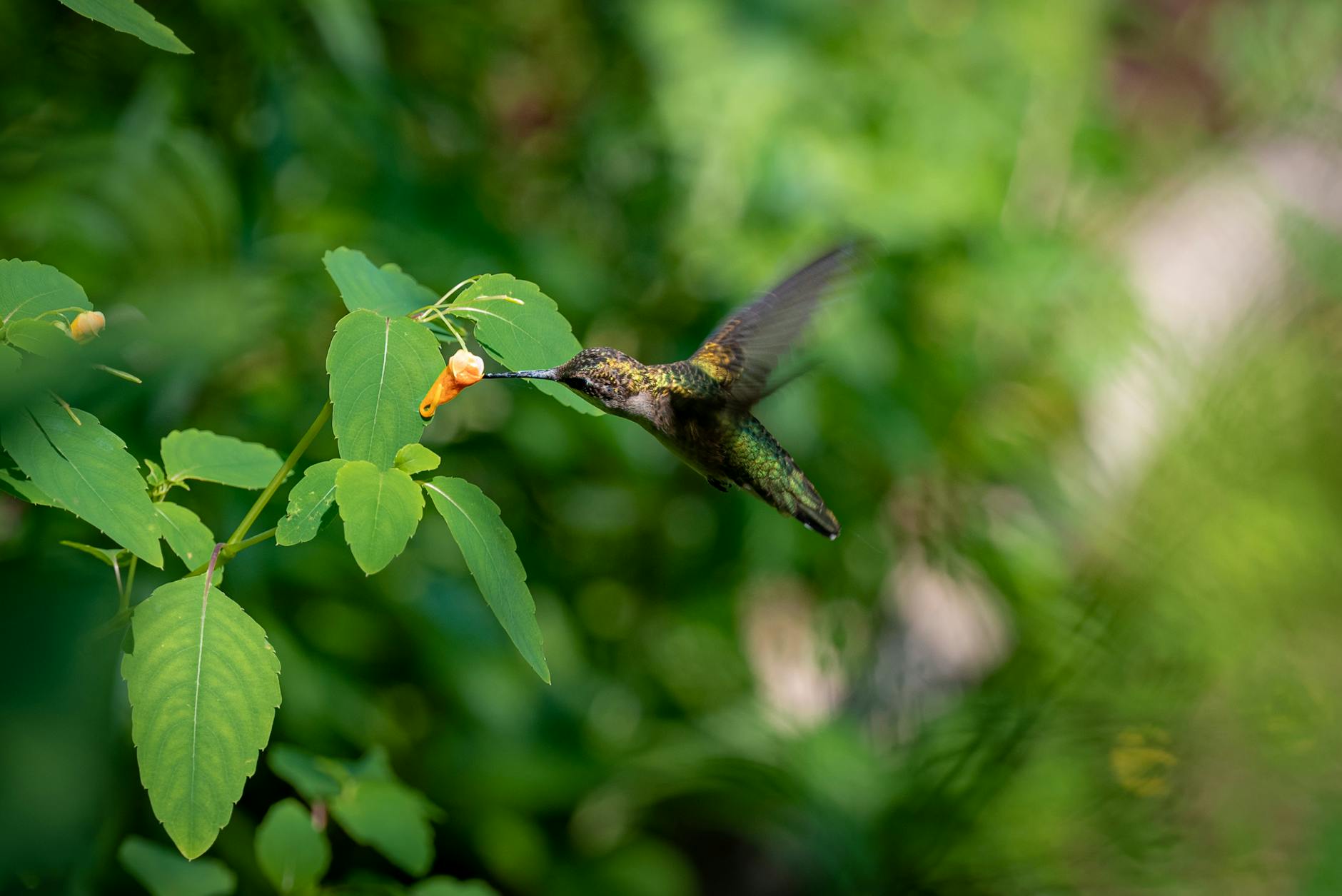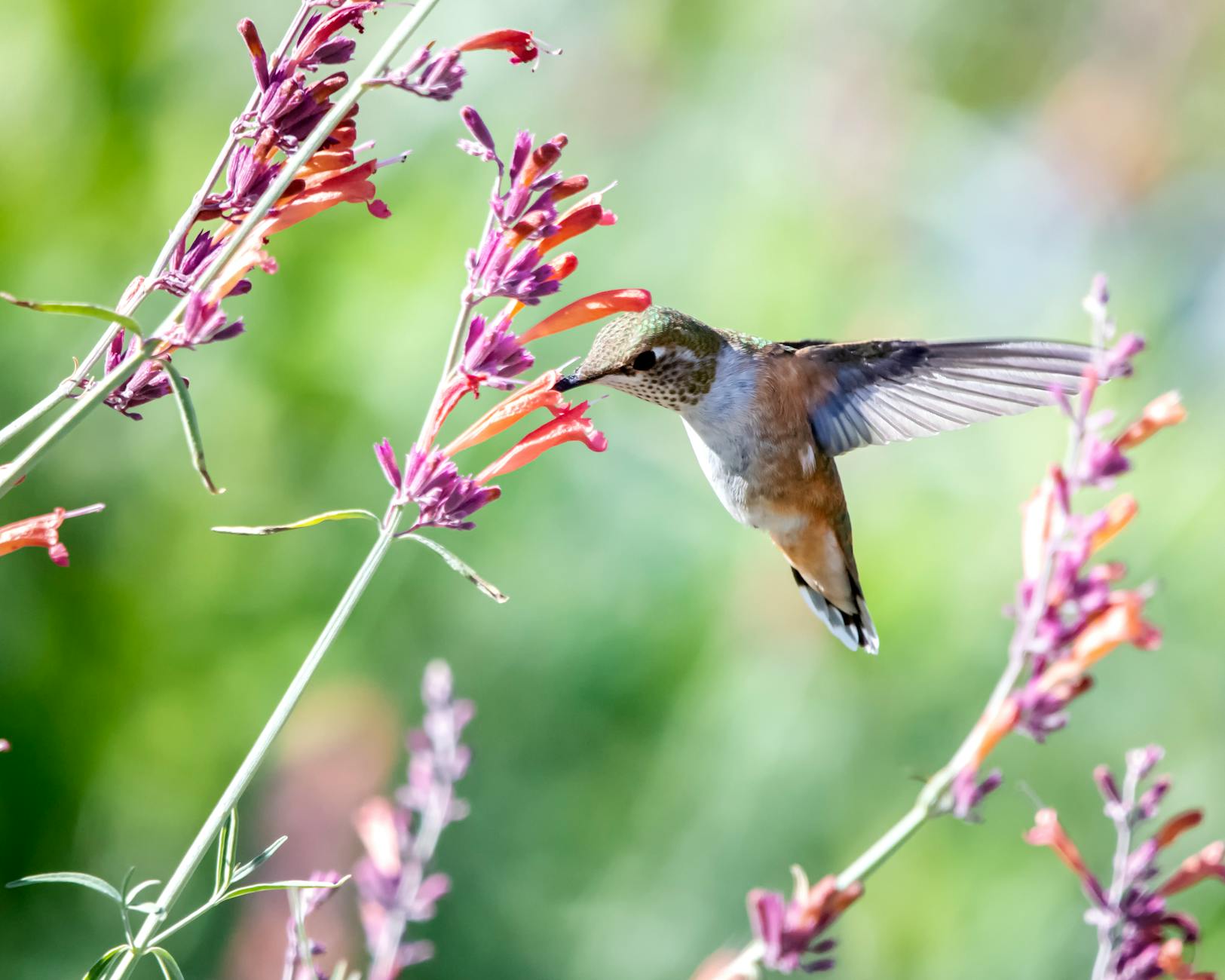Unlocking the Secrets of Hummingbird Behavior: An Expert Interview with an Ornithologist
Hummingbirds are some of nature’s most fascinating creatures. Their rapid wingbeats and vibrant colors catch our attention, but their behavior holds even greater intrigue. Understanding why they hover, fight, or migrate isn’t just about curiosity—it’s essential for preserving these remarkable pollinators. Ornithologists, like the expert we’re spotlighting today, play a vital role in uncovering these mysteries. What drives their territorial instincts? How do they navigate vast migrations? Stick around as we dive into these questions and more with a leading voice in bird science.
Meet the Ornithologist
Getting to know an ornithologist is like stepping inside the mind of someone deeply connected to the natural world. These experts dedicate their lives to understanding birds, their behaviors, and their roles in ecosystems. Today, we’re spotlighting an ornithologist whose passion and knowledge about hummingbirds bring new insights into these mesmerizing creatures.
Background and Experience
Every skilled ornithologist starts with a solid educational foundation and a deep love for avian life. This featured expert holds advanced degrees in biology and ecology, with a specialization in avian behavior. With countless hours spent in the field and laboratory, they’ve developed a profound understanding of bird physiology, migratory patterns, and social structures.
What drives this expert? A lifelong fascination with flight and how birds interact with their environments. Their career journey began with a childhood hobby of birdwatching, which blossomed into years of rigorous study. For those curious about the career path, here’s how to become an ornithologist. It’s a profession requiring patience, observation skills, and a genuine love for wildlife.
Over the years, they’ve taken part in groundbreaking research projects, published studies on avian behavior, and contributed to conservation efforts worldwide. Their fieldwork has spanned diverse climates, from dense rainforests to arid deserts, offering unparalleled insight into how birds adapt and thrive in different conditions.
Focus on Hummingbirds
Why hummingbirds? These tiny, iridescent wonders hold a special place in the ornithologist’s heart. Known for their rapid wingbeats and dazzling colors, hummingbirds are more than just beautiful—they’re complex and vital to their ecosystems. Their ability to hover mid-air and migrate long distances is unmatched in the bird world.
The fascination began years ago when studying hummingbirds’ feeding habits. Did you know their long tongues can reach deep into flowers to extract nectar, feeding not only themselves but also pollinating plants? This symbiotic relationship makes them critical to biodiversity.
Our expert has spent years investigating these tiny aviators’ behavior, from their territorial disputes to their migration routes that span thousands of miles. Recent findings show how climate change might affect their feeding behavior, as highlighted by research on how climate change impacts hummingbirds. These studies are crucial for protecting hummingbirds’ habitats and ensuring their survival.
Their passion lies in unraveling the mysteries of behavior. Why do hummingbirds fight so fiercely over food sources? How do they remember flower locations across vast territories? It’s questions like these that keep them inspired and deeply committed to their work.

Photo by Ant Armada.
Hummingbird Behavior Explained
Hummingbirds are tiny dynamos of energy, constantly moving and interacting with their environment. Their behaviors reveal extraordinary adaptations and mysteries that captivate scientists and bird watchers alike. From feeding to migrating, these actions are not just survival strategies—they’re key to understanding their role in ecosystems.
Feeding Habits: Explore how hummingbirds feed and their favorite sources
Hummingbirds are often pictured dipping into flowers for nectar, but their diet includes more than just sweetness. Nectar is their primary energy source, fueling their rapid wing movement, but they also feed on small insects for protein. Interestingly, a single hummingbird may visit hundreds of flowers daily to meet its caloric needs.
These birds have long, specialized tongues that lap up nectar at surprising speeds. Unlike most birds, they don’t sip; instead, they use a process called capillarity, making them incredibly efficient. To attract hummingbirds, consider native plants like trumpet vines or salvia, which they seem to favor. Learn more about their unique feeding techniques and diet in this guide to hummingbird feeding.

Photo by Chris F.
Mating Rituals: Describe the unique courtship behaviors of hummingbirds
Hummingbird courtship is truly a performance. Male hummingbirds rely on aerial acrobatics, flying high and then diving at remarkable speeds to impress potential mates. During these dives, some species use specialized tail feathers to produce sounds—a rare form of “music” in the bird world.
In addition to their dives, males often puff up their chest feathers or flash their iridescent plumage to capture the female’s attention. Despite the elaborate displays, mating itself is brief, lasting only a few seconds. For more on their courtship routines, visit this article on hummingbird mating rituals.
Territorial Behavior: Explain how hummingbirds defend their feeding areas
Hummingbirds are surprisingly aggressive for their size. They fiercely defend feeding territories, often diving and chasing intruders with sharp squeaks and chirps. Males, in particular, establish feeding zones and will not hesitate to fight for their resources—even against much larger birds.
This territorial nature arises from their high energy demands. Sharing feeding areas could mean starvation, so their aggressive behavior ensures survival. Discover more about hummingbird territorial traits and why these boundaries are so critical to their lives.
Migration Patterns: Discuss how and why hummingbirds migrate
Migration may seem arduous for such small birds, yet many hummingbirds undertake incredible journeys across continents. Ruby-throated hummingbirds, for instance, migrate thousands of miles between Central America and North America.
Remarkably, some species cross vast distances, including the Gulf of Mexico, in a single flight lasting over 18 hours. Migration ensures they reach areas abundant in food as seasons change. Want to track their movements? Check out this hummingbird migration map for real-time insights.
Communication Techniques: Detail the sounds and movements hummingbirds use to communicate
Despite being non-vocal singers, hummingbirds still manage to “speak.” They use chirps, chatters, and rapid wingbeats to signal intentions to other birds. Visual displays—such as flashing their feathers or hovering aggressively—are common when warning intruders or courting mates.
Hummingbirds also rely on movement patterns for communication. For instance, swift, looping flights can be an invitation to mate or a way to establish dominance. You can explore their fascinating language in this article about hummingbird communication.
Hummingbird behavior is a beautiful mix of survival, strategy, and social interaction, offering endless opportunities for discovery.
Conservation of Hummingbirds
Hummingbirds are more than just tiny, beautiful creatures; they play a vital role in our ecosystem by pollinating various plants and flowers. However, their survival is at risk due to human-induced changes like habitat destruction and climate shifts. Understanding these challenges is key to taking action.
Habitat Loss: How Urban Development Affects Hummingbird Populations
Urbanization has drastically reduced the natural habitats of hummingbirds. When forests and meadows are cleared for cities and roads, these tiny birds lose crucial feeding and nesting grounds. This imbalance forces them to adapt or relocate, often with mixed success.
In urban areas, hummingbirds may struggle to find enough flowers for nectar, as native plants are replaced with non-pollinator-friendly landscaping. Additionally, large-scale deforestation fragments ecosystems, isolating hummingbird populations and decreasing biodiversity.
To address this, communities can plant native flowering plants in backyards and parks. If you’d like to support conservation, find ideas from the Hummingbird Society, which shares resources on protecting their habitats.
Climate Change Impacts: How Climate Change Alters Their Habitats
Climate change is another major threat to hummingbirds. Rising temperatures can cause flowers to bloom earlier or later than usual, disrupting the food supply these birds depend on. Prolonged droughts and severe storms also limit their feeding and nesting opportunities.
Migratory species like the ruby-throated hummingbird are especially vulnerable. They rely on consistent weather patterns to guide their long journeys. Erratic changes can disrupt timing, leaving them without the resources they need to survive. Learn more about the impacts of climate shifts on pollinators at Pollinator.org.

Photo by Chris F.
Community Involvement: How You Can Help Hummingbird Conservation
Small changes in your daily life can make a big difference. Want to help hummingbirds thrive? Try some of these simple actions:
- Plant a Pollinator Garden: Use native plants that provide nectar year-round.
- Avoid Chemicals: Pesticides harm the insects hummingbirds feed on.
- Set Up Feeders: Fill them with a sugar-water solution to supplement their diet.
- Participate in Citizen Science: Document hummingbird sightings and contribute to valuable research. Programs like the Audubon Community Science Project connect bird enthusiasts with conservation efforts.
- Donate to Conservation Groups: Support organizations like the Hummingbird Monitoring Network that focus on protecting these delicate creatures.
These efforts, when combined, can create safer environments for hummingbirds and ensure their survival for future generations.
Fun Facts About Hummingbirds
Hummingbirds are among nature’s most extraordinary creations. From their unmatched agility to their vibrant colors, they defy expectations with every wingbeat. Let’s explore some of the most fascinating aspects of these tiny flyers.
Speed and Agility: Share their incredible flying abilities
Hummingbirds are built for the air. Their wings beat up to 80 times per second, allowing them to hover mid-air, fly backwards, and even upside down. In terms of speed, some species hit up to 30 miles per hour in sustained flight and an astonishing 60 miles per hour during courtship dives. That’s faster than most cars in a residential area!
What sets hummingbirds apart is their ability to hover. Unlike other birds that flap up and down, these feathered acrobats move their wings in a figure-eight motion. It’s a lot like swimming through the air with precision. This specialized movement gives them the agility to zip between flowers effortlessly, even in windy conditions.
To learn more about their speed and agility, check out this fun list of hummingbird facts.

Photo by Frank Cone.
Unique Migration Journey: Highlight the distances they travel for migration
Each year, hummingbirds undertake migrations that rival those of much larger birds. For example, the ruby-throated hummingbird flies over 500 miles non-stop across the Gulf of Mexico during its migration. That’s like running back-to-back marathons!
Some species, like the rufous hummingbird, travel even farther. They journey from Alaska all the way to Mexico, covering distances of up to 3,000 miles. This is especially impressive when you consider their tiny size and the immense effort required to fuel their journey.
Hummingbirds prepare for migration by doubling their body weight, storing energy reserves to sustain their long flights. Their routes are shaped by the availability of food and suitable weather conditions, making their journey both instinctive and calculated. Dive deeper into their migration with this guide on hummingbird migration.
Colors and Camouflage: Discuss how colors help in mating and evading predators
Hummingbirds are miniature rainbows. Their iridescent plumage doesn’t come from pigments but rather the reflection of light on their feathers. This dazzling display is most prominent in males, which use their flashing colors to attract mates. A male in the sunlight can look like a living gem—a striking way to grab attention during the mating season.
On the flip side, their colors also serve a functional purpose. When in shaded areas or against dense foliage, the same vibrant hues that woo mates help them blend in and avoid predators like hawks and snakes. Some species can even adjust their position in the light to appear less noticeable.
The interplay between these shimmering colors and their environment is a marvel of nature. Discover more about how hummingbirds use their colors for survival and communication in this article about hummingbird coloration.
Each flutter of a hummingbird’s wings reveals something incredible—whether it’s their hovering feats, endurance across vast migrations, or their kaleidoscope-like plumage. These fun facts give us a glimpse of just how remarkable they truly are.
Conclusion
Hummingbirds are more than nature’s tiny marvels—they’re essential players in maintaining ecological balance. Their feeding, mating, migration, and territorial instincts reveal remarkable adaptability and purpose.
Through the lens of an ornithologist, we’ve gained a deeper appreciation for their complexity. Understanding their behavior is not just fascinating but critical for their preservation.
Let’s keep the conversation alive. Plant native flowers, support conservation programs, or share your own hummingbird stories. Together, we ensure these incredible creatures continue to thrive for generations to come. What’s your next step to help hummingbirds?










